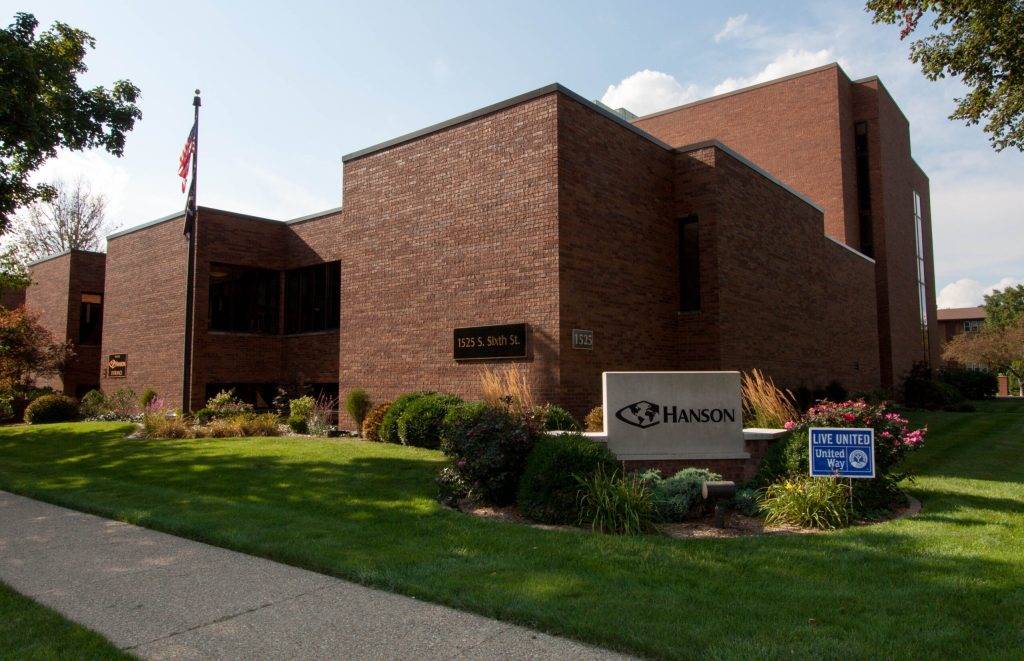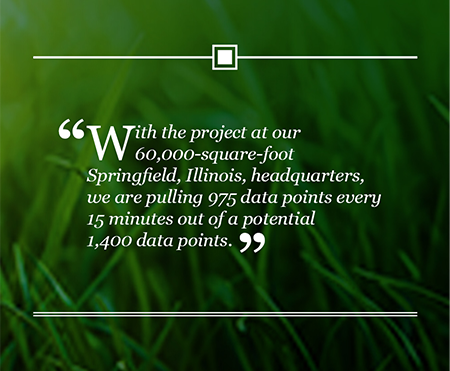 Last year, Hanson initiated an internal monitoring-based commissioning (MBCx) project intending to collect real-time data that is pushed to the cloud, where we can perform advanced data analytics on the building automation system (BAS). What does the MBCx process entail, how are these terms defined in MBCx and how does this process benefit building owners and operators?
Last year, Hanson initiated an internal monitoring-based commissioning (MBCx) project intending to collect real-time data that is pushed to the cloud, where we can perform advanced data analytics on the building automation system (BAS). What does the MBCx process entail, how are these terms defined in MBCx and how does this process benefit building owners and operators?
Real-time
The first step in the MBCx process is gaining real-time access to the data. The process needs to be automatic, consistent and flexible enough to change the data we pull into our analytics software. As we look at a building’s operation over time, our understanding evolves. Sometimes, this leads us to prioritize different data points than we originally expected. With the project at our 60,000-square-foot Springfield, Illinois, headquarters, we are pulling 975 data points every 15 minutes out of a potential 1,400 data points. This required several thousand lines of code to convince the building controllers, installed in 2007, to push data from the building’s BAS to the cloud.
Cloud storage
The code written to the controller tells the BAS to push the data to an IP address, a numeric label that identifies a device on an Internet Protocol network, where we use a separate program created by a subconsultant to monitor that IP address. When the software sees new data, it collects, organizes, then pushes a clean dataset to Hanson’s servers and our data analytics software, SkySpark. This data, from our corporate office systems, can reside in our cloud for as long as our engineers need it.
 Data analytics
Data analytics
With the data imported into our data analytics software, our commissioning and energy group can monitor the system performance at our headquarters to a fine degree of detail. Temperature setpoints can be compared to discharge air sensor readings, verifying proper control and highlighting any failed temperature sensors. The rooftop unit’s fan operation can be monitored over time to identify short-cycling or unscheduled operations. The hot water supply temperatures are plotted alongside the hot water return temperatures and outdoor weather conditions, helping to gauge whether the building is maintaining setpoints during sunny days and freezing nights. All these data points are then easily compared to building occupancy schedules.
Benefits
MBCx allows building owners, operators and energy engineers to constantly monitor their systems’ performance, achieving efficient operation. Systems equipped with automated fault detection and diagnostics allow for anomalies to be immediately recognized, which means the facilities’ staff can quickly resolve the issues. With our MBCx initiative, we are developing an additional service for our clients, expanding our commissioning and energy service offerings.
For further information on MBCx and Hanson’s commissioning and energy services, contact Mat Coalson at mcoalson@hanson-inc.com.